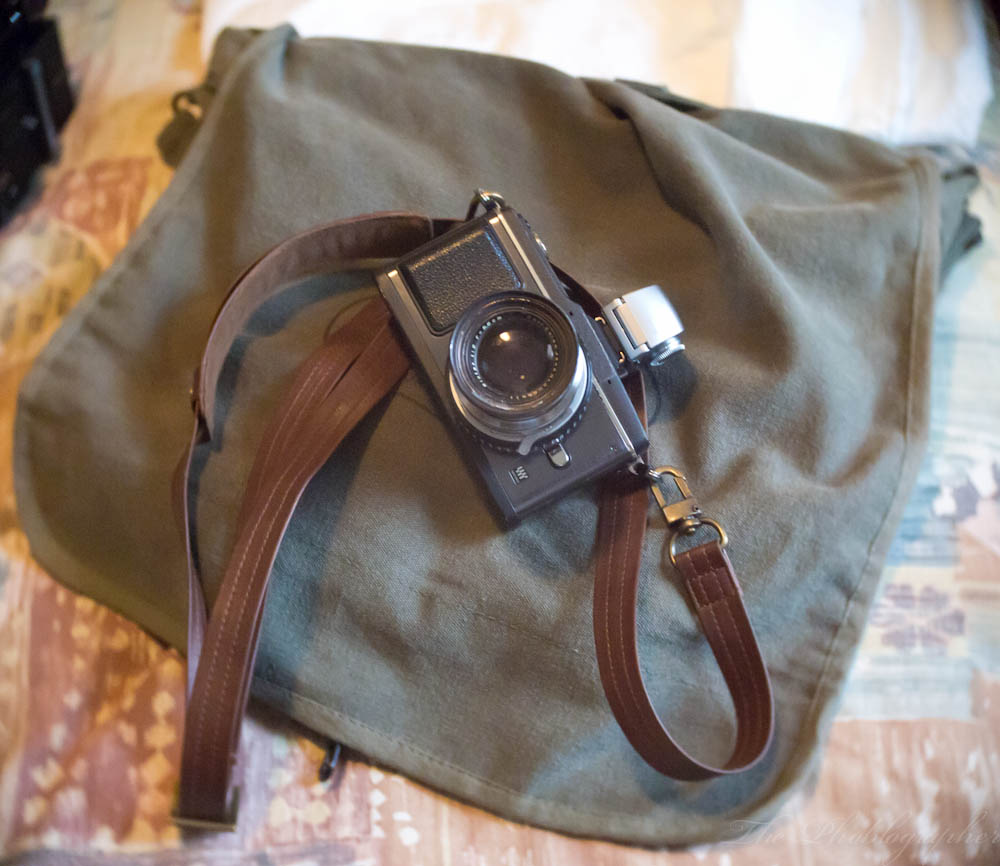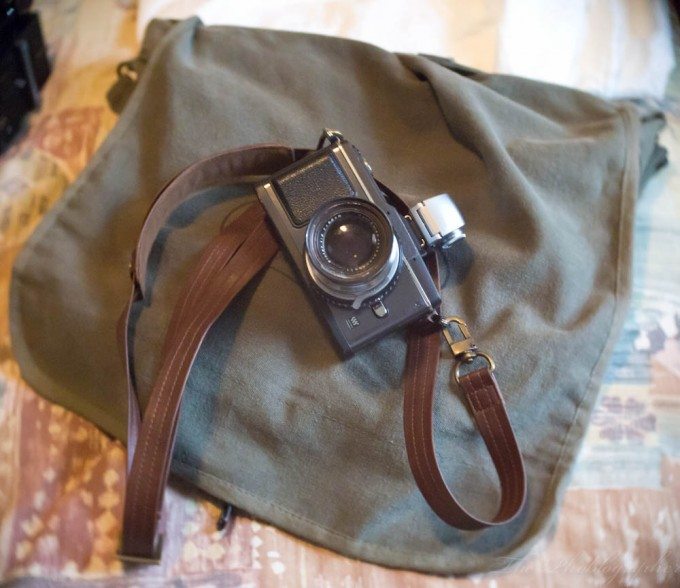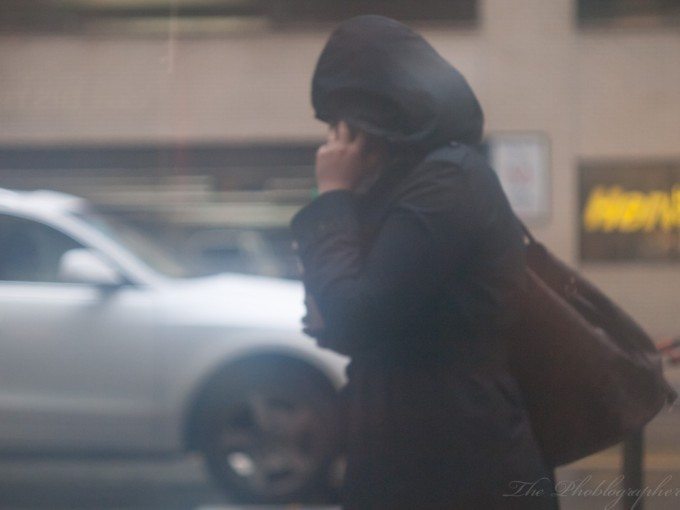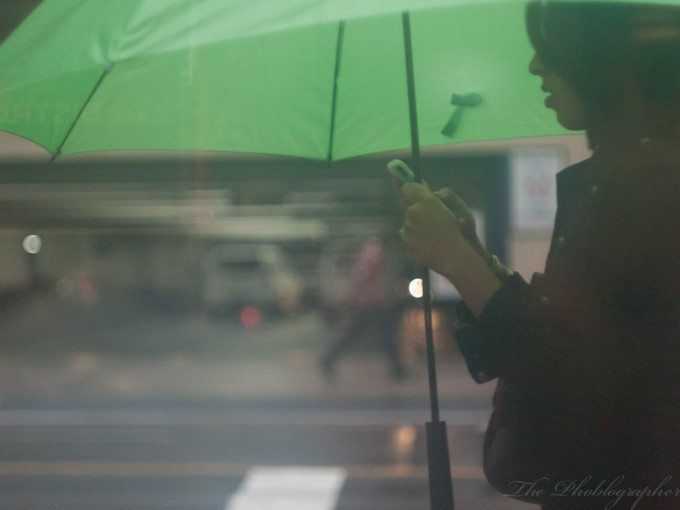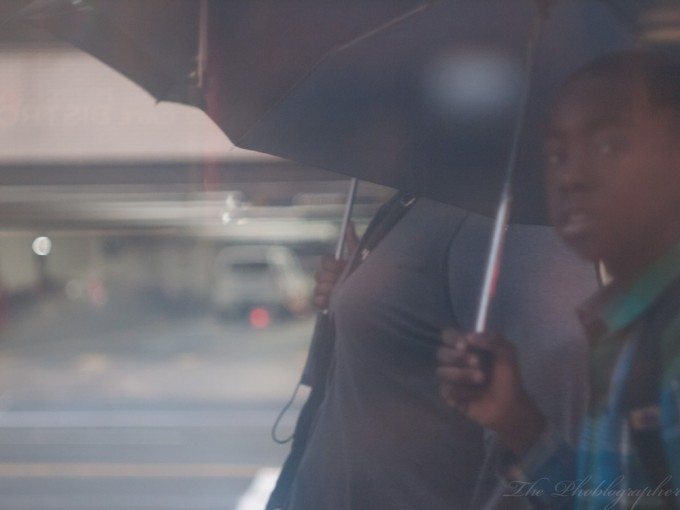We previously compared the Olympus VF-2 and VF-3, but we just got our hands on the VF-3. At the announcement time, it seemed to be a less expensive baby brother to the VF-2. So does that statement still hold true?
Tech Specs
Borrowed from B&H Photo’s Listing
| Resolution | Approx. 920,000 dots |
| Field of View | 100% |
| Magnification | 1.00x (-1m¹, 50mm Macro, at infinity) |
| Diopter Correction | -3.0 to +1.0m¹ |
| Eye-Point Length | Approx. 17.4 mm (-1m¹) |
| Dimensions (WxHxD) | 1.00 x 1.7 x 1.75″ (2.54 x 4.35 x 4.47 cm) |
| Weight | Approx. 1.0 oz (28 g) without cover |
In contrast, the VF-2 is
| Viewfinder |
|
| Resolution | Approx. 1,440,000 dots |
| Dimensions (WxHxD) | 1.15 x 1.9 x 1.82″ (29.21 x 48.26 x 46.23 mm) |
| Weight | Approx. 1.2 oz (32 g) without cover |
Ergonomics
The Olympus VF3 is a smaller and less beefy electronic viewfinder than it’s predecessor, the VF-2. It has sleeker and smoother lines and contours as well.
On the left of the viewfinder, you’ll find a diopter adjuster. Even when shooting with glasses, this diopter is very sharp. When I took my glasses off (and note that I’m very blind) I was still able to fairly clearly make out details when shooting with my right eye and actually manually focus and nail the details without magnification. Why not my left? I have a terrible astigmatism in that eye and am legally blind in it without my glasses. Still though, this is a testament to just how clear this viewfinder really is.
The left also features a lock that will ensure that the VF3 doesn’t slip off. That was a major problem with the VF2 (which I tested with the EPL-2.)
The VF-3 can tilt upward or just stay at the horizontal level. Like the VF-2, when shooting from the hip you can tilt the viewfinder up and emulate the experience of shooting with a TLR.
The VF-3 doesn’t feel as robust as the VF-2, but it feels good enough for the price point.
Focusing
When I put my Zeiss 58mm f2 lens on the EP-2 and focused using the LCD screen, it was actually harder to manually focus and nail the exposure without having to use the magnification feature. When I attached the VF-3 or VF-2 on, that changed. All those pixels crammed into a little display quite literally makes the difference between night at day. I was able to manually focus on Matt’s eyes in the photo above while shooting wide open at f2.
Then I tried a different type of test. While at a Bistro, I tried to focus on people moving across the field of view and out of the window in front of me. I turned off the playback time so as to keep working at the focusing.
And this is where my complaint comes in: the viewfinder still blacked out. While I understand from a technology standpoint why this might happen, I wouldn’t want it to. If I see in the viewfinder that someone is sharp, I’ll be confident enough to know that they will also be sharp in the image I’m taking. With this said, that slight blackout makes me miss some critical focusing time.
Take for example the photo of the mother and child above. I could have gotten her child in focus instead of her.
This also happened during the US Open: a position where I really would not want the viewfinder to black out at all to ensure that my focus was still on and tack sharp.
Portability
While the VF-3 is smaller than the VF-2, you still can’t stuff it into the Olympus Pen Premium case with the finder attached. You can put it at the side of the camera, but don’t be surprised if it moves around.
When placed into a day bag or camera bag, it also still does not take up a tremendous amount of space.
What’s most important is that it looks nice on the camera, but I still personally prefer the look of the VF-2.
Vs the VF-2?
At the price point, you’re really much better off going for the VF-2 for the quality. However, when it comes to ergonomical advantages, the VF-3 is the way to go, especially for the locking feature. With this said, the VF-3 is still quite good in terms of build quality and image quality, but if you’re a photographer that loves to shoot full frame, you’ll appreciate the VF-2’s brightness much more in a similar way to Full Frame vs APS-C DSLRs.
That’s not to bash the VF-3 at all. It is still very good and extremely worth it for what it does. But on the flip side of what I previously said, you’re paying less and still getting some very good quality in the viewfinder. This quality will be good enough for most people.
A note to street photographers and documentary photographers: Don’t want someone to look at you while you’re taking a picture. Forget the viewfinders altogether. When you put a viewfinder to your eye and you’re relatively close to the subject, they’ll look at you immediately. When you use the LCD screen, they’ll think you’re a tourist. This is something to keep in mind throughout your travels. If you don’t want to be seen, ditch the viewfinder. If you don’t mind (such as shooting a wedding or something) then go for the viewfinders. The extra sharpness and detail when it comes to manually focusing will be critical.
That is if you’re manually focusing at all. If you’re using Autofocus lenses, then you don’t need the viewfinder either. Sure, using a viewfinder will provide extra stability when shooting, but Olympus cameras have image stabilization in the sensor. Plus you can dial it into specific focal lengths.
Ultimately, the choice is yours, but the VF-3 is a very good tool to help make shooting easier for you.
Please Support The Phoblographer
We love to bring you guys the latest and greatest news and gear related stuff. However, we can’t keep doing that unless we have your continued support. If you would like to purchase any of the items mentioned, please do so by clicking our links first and then purchasing the items as we then get a small portion of the sale to help run the website.


